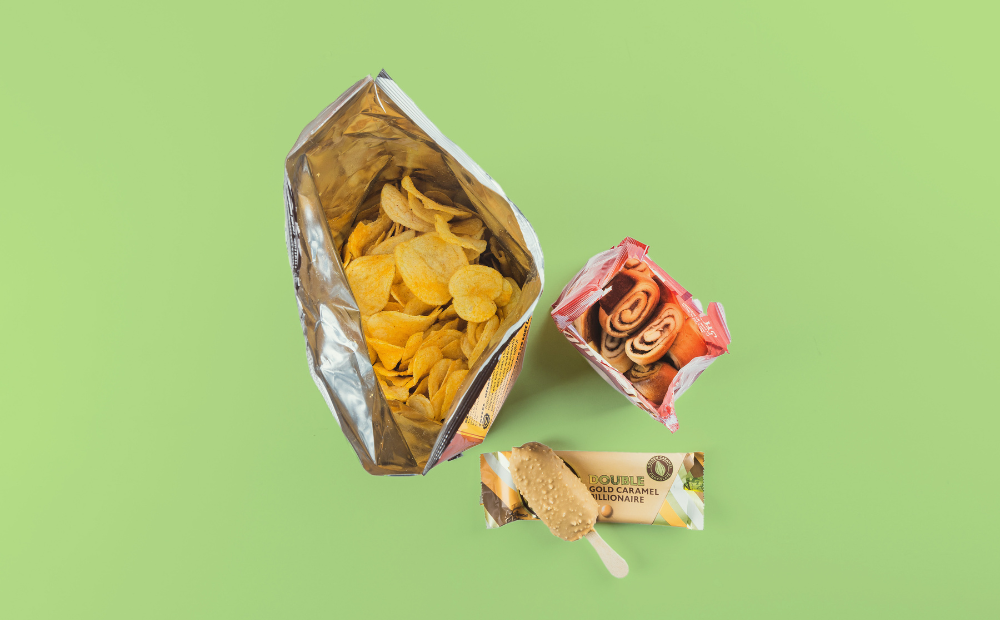Price list ABC – The 2025 recycling fee price lists have been published

Companies with Extended Producer Responsibility (EPR) pay recycling fees for the packaging they have put on the market to the producer organisation of their choice. Each producer organisation decides on their fees annually, and RINKI, the service company of the producer organisations, invoices the fees and transmits them to the producer organisations. Finnish Packaging Producers and Sumi have published their 2025 price lists on 1st October.
The price lists have been published on the websites of the producer organisations Finnish Packaging Producers and Sumi. The price lists are also available on the RINKI website where there is additionally available a handy price calculator to compare the price lists.
Recycling fees are composed of collection, handling and recycling costs of the RINKI eco-points, and the packaging waste collection of household waste organised by municipalities and the terminal and logistics costs as well as a small amount of administrative costs. The amount of recycling fees a company pays depends on which producer organisation it is a customer of. The producer organisations determine their prices independently.
The SUP fees or fees collected for certain single-use plastic packaging and products, are based on the government decree on the compensation to municipalities for the collection and cleaning of SUP packaging waste from public areas. The SUP fees are published later.
Finnish Packaging Producers achieved prices below real costs
Finnish Packaging Producers compensate the producers with the performance reserve in excess of the balance sheet in the price list for next year. Finnish Packaging Producers (FPP) was formed when four material-specific producer organisations merged. The assets of the merged producer organisations were combined into the Finnish Packaging Producers balance sheet. As a non-profit organisation FPP must according to the authority requirement have a performance reserve corresponding to the expenditure of six months, but it was decided that the balance sheet assets exceeding the performance reserve would be compensated in the price list for next year.
The compensations lowered the FPP prices in comparison to the current year. “Our 2025 recycling prices do not correspond to the costs but rather, are lower than actual recycling costs. The FPP price list is the least expensive to producers in 44 out of 55 price list categories i.e. in 80% of categories. This is a pay-back to producers”, says FPP CEO Pekka Tommola.
Tommola considers that the recycling fees have remained moderate. “If we compare to for example Sweden, the corresponding fees may be 5-10-fold”, he says.
How is the producer responsibility future forecast reflected on the price lists?
Tommola states that the obligations of companies have increased and will increase in the packaging sector following the Packaging and Packaging Waste Regulation (PPWR). “Last year we introduced eco modulation for the last of all materials. This means that packaging which is easier to recycle has a lower recycling fee than materials that are more difficult to recycle or non-recyclable materials”, he points out as an example.
” Tightening requirements and recycling targets put pressure on the increase of costs. This sector follows the inflationary development similar to other sectors and it is tackled by continuous development of operations and systematic tendering”, Tommola states.
FPP might increase their efforts in the recycling of certain materials the recycling rates of which lag behind target. Such materials are wood and plastic. Materials with a positive value such as metals are strongly influenced by global market prices.
It is clear that costs are not easily going downwards. “One drastic change can be a hasty change in legislation that leads to a strong increase in costs”, ponders Tommola.
Sumi invests in price level stability with domestic waste processing
Sumi CEO Mika Surakka says that there are no significant changes in the Sumi price list for next year. “There are no changes in the principles of pricing compared to the current year because the price categories and eco-modulation remain the same”, he says.
“Overall, in the past two years the prices of the producer organisations have come down. The reason for this is that Sumi entered the market as a competing operator. Otherwise, there would have been in Finland a monopolistic structure, which would not have led to more affordable price development”, Surakka estimates.
According to Surakka, Sumi aims at keeping prices at the current levels. “We strive to find cost efficient solutions and to use domestic packaging waste processing so that we would not pay transport costs abroad. Of course, transport costs and wages always increase but the aim is not to have a big one-off price increase.” Cost efficiency is secured by domestic plastic waste processing for example.
” We reached the same prices as the competitor by developing our pricing and cost structures and especially through that we can achieve price stability”, says Surakka.
The aim is to provide as low as possible prices for producers. “These are fees comparable to taxes for producers and they are of course interested in having the lowest possible fees, and that is what we aim at”, Surakka summarizes.
Surakka views that in the future the increasing regulation of the packaging sector, such as the PPWR, will increase costs. “Regulation and additional requirements are nothing more than cost increases.”